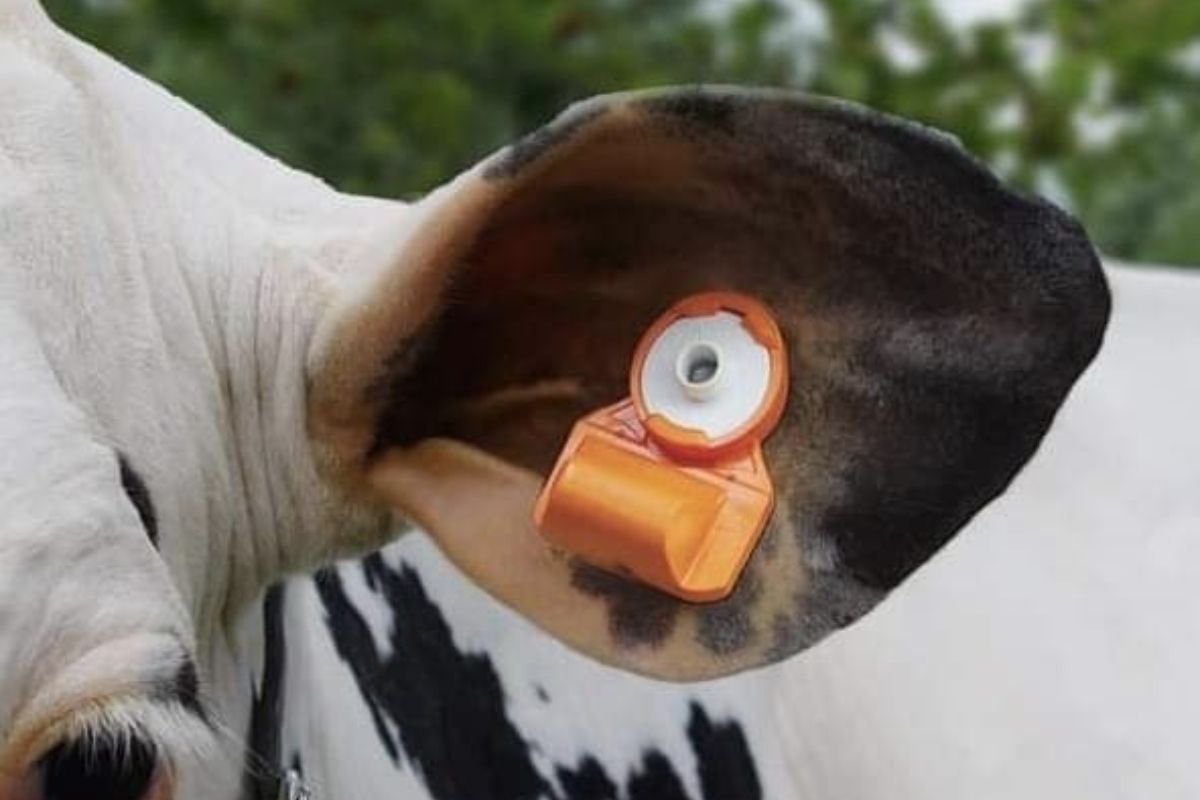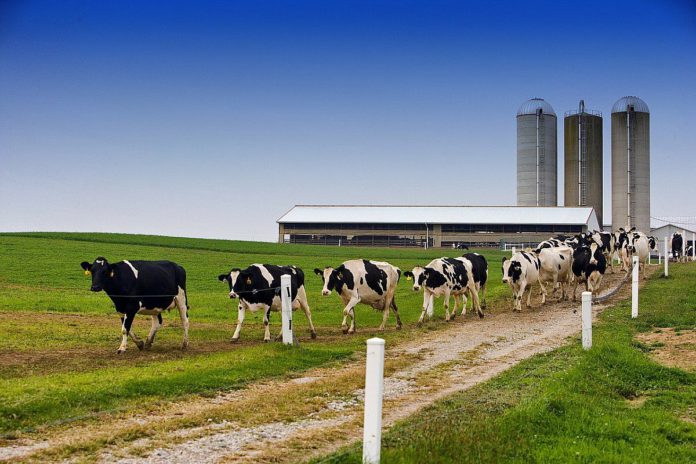According to Richard Gibson, CAFRE dairy development adviser, the key to managing fertility and reducing calving interval is heat detection.
One farmer who is reaping the rewards is Bryan Graham, who farms in Moorfields, Ballymena, installed a ‘cow-manager’ heat detection system four years ago.
This ear tag technology works off aerials around the cow housing, providing a wide range of information, including fertility, cows on heat, possible infection, and rumination.
Bryan can access this data from the interface, which is very flexible for him. All calvings, fertility and health events are kept up-to-date, meaning that any reports he generates provide complete and accurate information.
From the information provided, Bryan is made aware of cows that are not yet ready for service, those more than 42 or 60 days calved not yet served, those potentially on heat in the next few days based on previous heats and services, and those ready for pregnancy diagnosis.
Research from AFBI Hillsborough shows there is no benefit in delaying the first service beyond a 42-day voluntary waiting period as far as conception rates are concerned.
Within the first year of installing the system, Bryan reduced his calving interval by 23 days. He puts this down to knowing when cows are coming in heat to AI these just as they are going off heat.
Furthermore, of the first 36 cows AI’d after installing the system, 28 cows held on first service, which significantly improved.
Having more detailed information on rumination and infection within the herd has also contributed to improving fertility and, as a result, been a major financial saving for the herd.
“As spring and early summer are a busy time for dairy farmers, the key is to have a system in place which will provide the information required to manage fertility and detect cows in heat,” Gibson explained.
“Particularly when cows are at grass and when attention may be focused on other jobs on the farm, a simple heat detection system can prove vital in ensuring that fertility of the dairy herd is not negatively impacted at this time of year. By giving focus to fertility now, the opportunity presents itself to improve cash flow in nine months’ time.”

Don’t take your eye off the ball
The CAFRE advisor acknowledged that although managing fertility of the dairy herd is an all-year-round job, taking your eye off the ball at this time of year can have a significant knock-on effect.
“For example, an 8,000-litre cow that should be calving in February next year must become pregnant in May this year. If this pregnancy is delayed, the cow will either be in late lactation or dry next February when she should be on target to reach peak milk production.”
“Having an extended calving interval like this will impact not only milk yields but also cash flow and additional costs to the dairy farm business.”
Research highlights that herd fertility begins in late lactation with the aim of getting cows to a body condition score of 2.75 at drying off and maintaining this throughout the dry period.
Mineral nutrition of the cow is critically important during the dry period. Low calcium and potassium diets can help on some farms to reduce clinical and subclinical milk fever, retained foetal membranes and endometritis leading to poor fertility in the next lactation.
Sire selection will have been completed on many farms during autumn, with heat detection and service being carried out throughout winter.
“Pregnancy diagnosis results should be used to inform cull decisions, as cows not in-calf by 85 to 100 days in milk will quickly impact on a herd’s seasonality of production and profit.”
According to Gibson, the challenge at this time of year is managing fertility at grass and deciding which cows a farmer should let out to graze.
“Certainly, for the highest yielders, consistent energy and protein intakes are essential during the breeding period.”
“If you have enough high yielders within the herd to justify, these should be batched separately and housed full or part-time to ensure consistency of diet, balanced protein, and high energy intakes through the breeding period. Not only will this maintain milk yields but also reduce issues around fertility.” Gibson concluded.
More information
More farming tips and advice.





